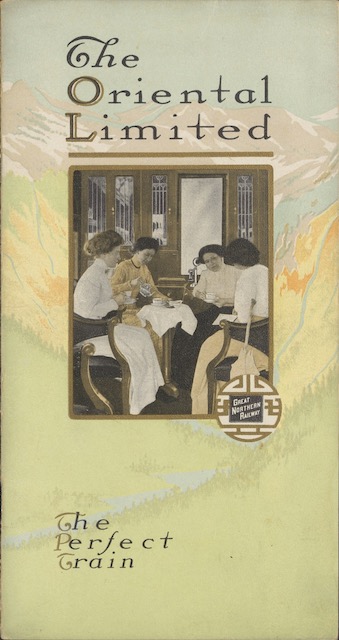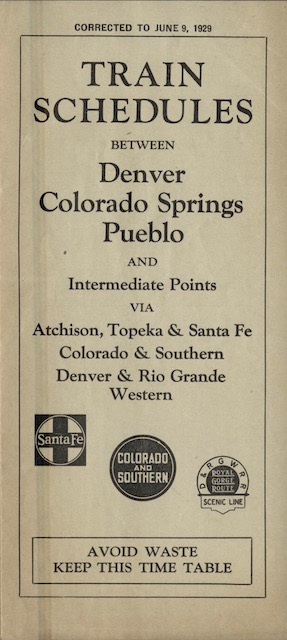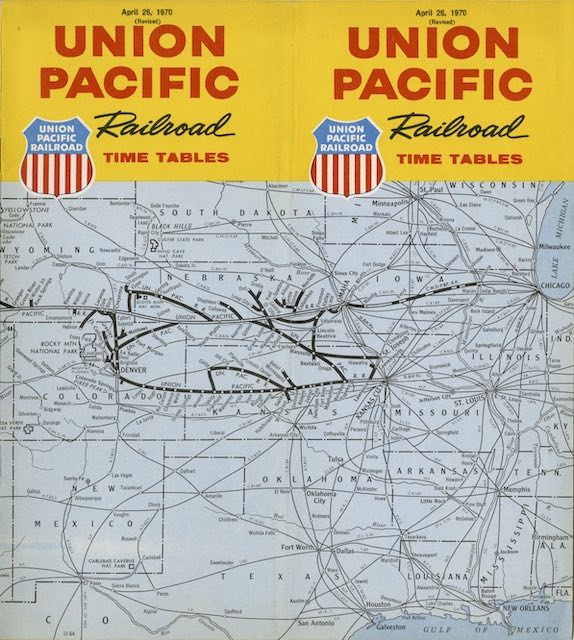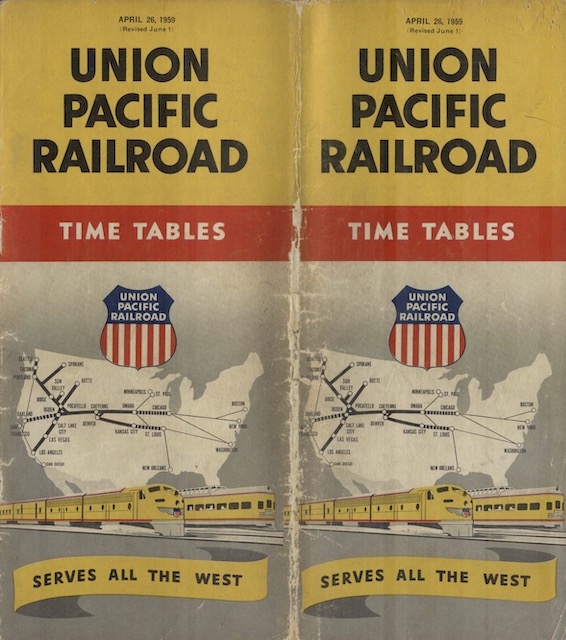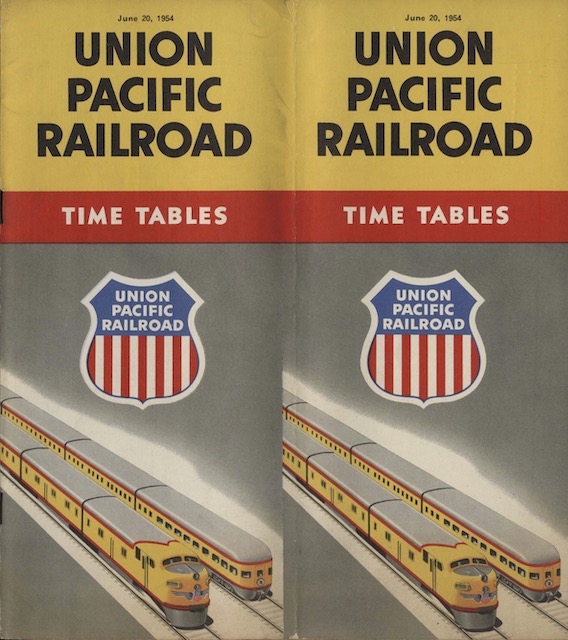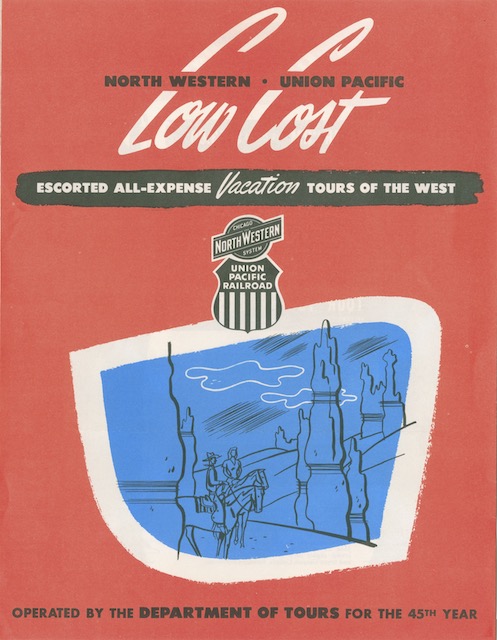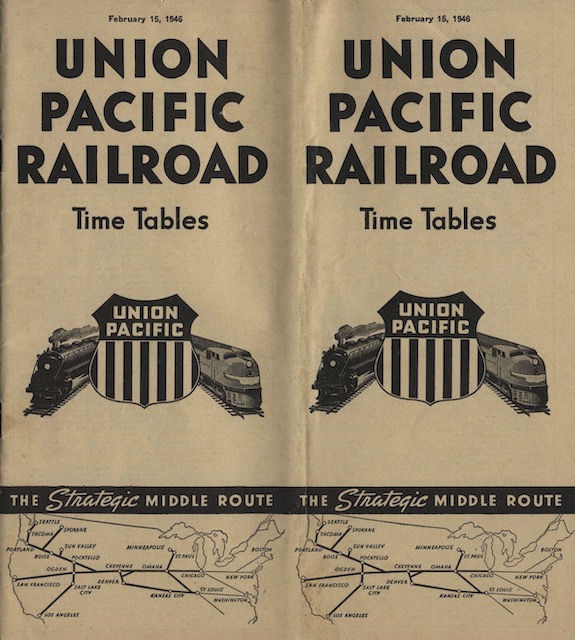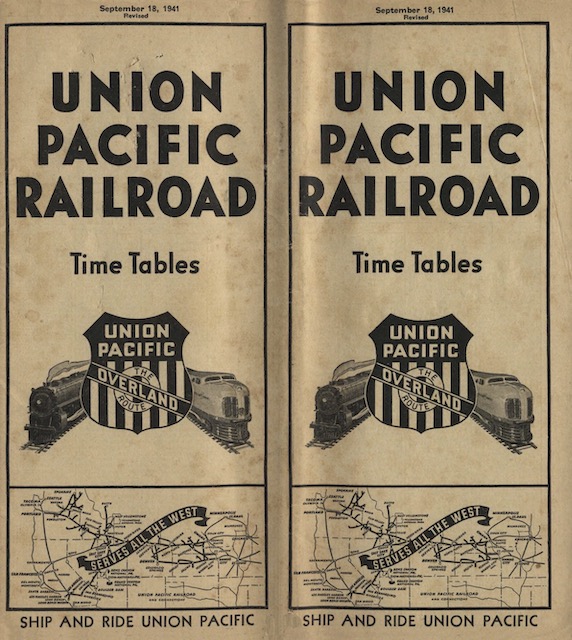The David Rumsey Collection dates this brochure to 1910, the year Glacier Park was created. But it is clearly from after that as the map shows all of Great Northern’s Glacier Park hotels, several of which were first opened in 1915. The map doesn’t show the Prince of Wales Hotel, which didn’t open until 1927.
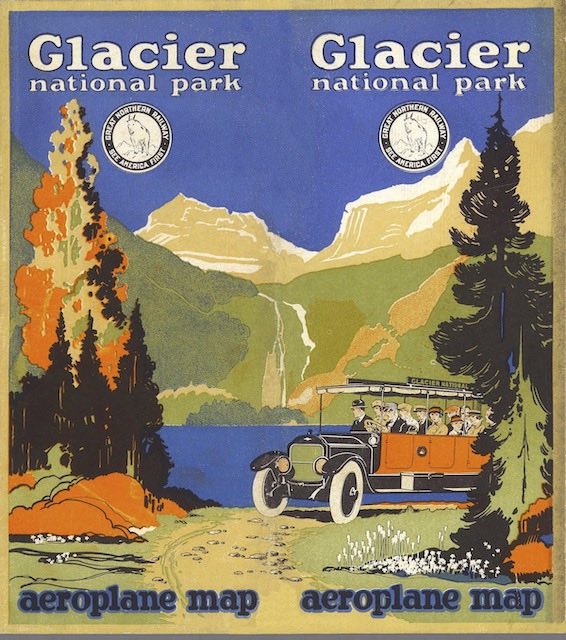 Click image to download a 21.5-MB PDF of this brochure from the David Rumsey Map Collection.
Click image to download a 21.5-MB PDF of this brochure from the David Rumsey Map Collection.
Tour buses like the one on the cover were the first motor vehicles allowed in any national park. They were introduced in 1914 and the Glacier Park Transportation Company began to replace them in 1925. If this brochure were from after 1925, it would show a more recent model of tour bus. Continue reading

